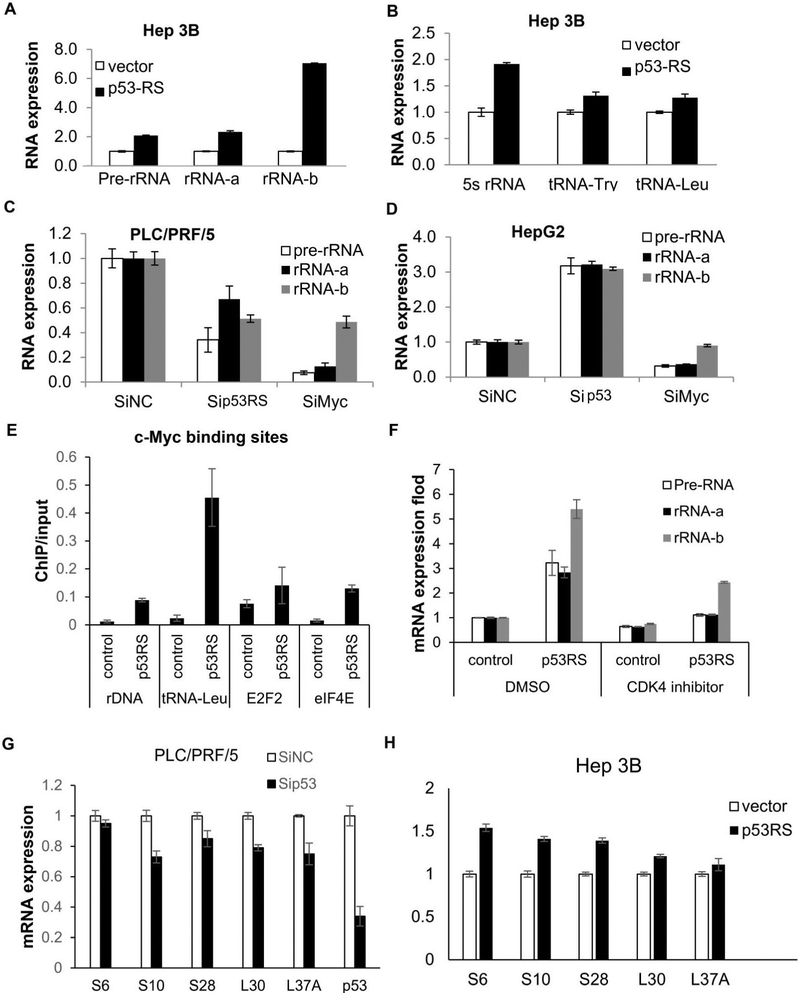Figure 5. p53-RS increases c-Myc activity on ribosomal biogenesis.
A) p53-RS dramatically increases rRNA expression. Vector or p53-RS plasmid was introduced into Hep 3B cells. RNA levels were analyzed using RT-PCR and Q-PCR.
B) p53-RS increases 5sRNA and tRNA expression. Vector or p53-RS plasmid was introduced into Hep 3B cells. RNA levels were analyzed using RT-PCR and Q-PCR.
C) Knockdown of p53-RS reduces rRNA expression. Sip53 or SiMyc was introduced into PLC/PRF/5 cells that were harvested for RNA analysis by RT-PCR and Q-PCR.
D) Knockdown of wt p53 increases rRNA expression. Sip53 or SiMyc were introduced into HepG2 cells that were harvested for analysis of RNA levels by RT-PCR and Q-PCR.
E) p53-RS binds to c-Myc’s target promoters. Vector or p53-RS plasmid was introduced into Hep3B cells that were harvested for ChIP assay using anti-p53 antibodies, and p53-RS-bound DNAs were analyzed by Q-PCR.
F) CDK4 inhibitor represses rRNA expression. Vector or p53RS were transfected into Hep 3B cells. Cells were treated with 500nM PD033291 for 24 h before harvesting for RNA analysis by RT-PCR and Q-PCR.
G) Knockdown of p53-RS represses the expression of mRNAs for ribosomal proteins. SiP53 was transfected into PLC/PRF/5 cells that were harvested for mRNA analysis by RT-PCR and Q-PCR.
H) p53-RS increases the expression of mRNAs for ribosomal proteins. Vector or the p53-RS plasmid was introduced into Hep 3B cells that were harvested for mRNA analysis by RT-PCR and Q-PCR.

